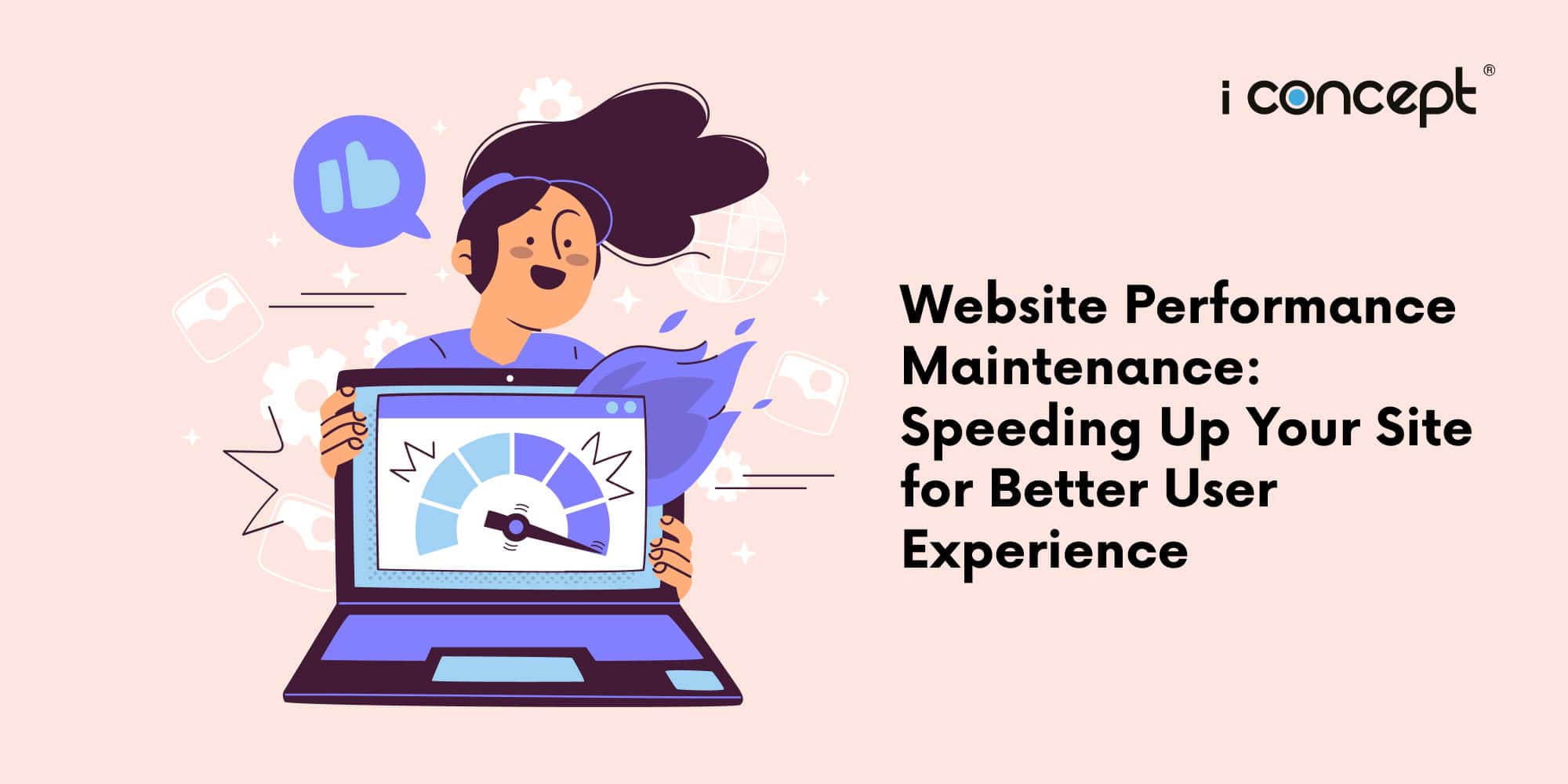“Beam me up Scotty” was one of the most popular pop culture tech phrases that one can use. Where is it from? If you answered Star Wars, please go stand in the corner read up and make sure you use the Star Trek reference right! Tech is transforming the way we live our lives, be it personal, work, branded experiences and especially for creative agencies and the advertising industry where tech is so integral.
As for as advertising goes, pop culture has often played an intrinsic role in providing material for creatives like how Star Wars and Volkswagen Super Bowl ad made history. Click the link and watch the ad, trust me you won’t regret this.
Before we go down the rabbit hole about tech and pop culture, here’s how tech is transforming the advertising industry as we know it.
Artificial intelligence
How many of you remember the movie iRobot with Will Smith or Terminator with Arnold Schkeoiejkjsdnviejrngoksmdkvoeojfofgger Schwarzenegger? Artificial Intelligence of AI is becoming so prevalent in our daily lives. Music? Oh here, let me open Spotify for some recommended tunes based on my past listening history. Surfing the net? Here are ads that feature some items you may be potentially looking for based on your search history. All these services utilise artificial intelligence based on algorithms and machine learning to analyse data so bite me if we say we can’t live without our tech.
AI is changing the way we shop, view content, deliver content to users and even create content, for example, predictive words based on your text messages. How mind-boggling is that!
Virtual Reality
Virtual reality (VR) is described as an immersive experience that takes place in a simulated environment.
In advertising, such experiences are used to show immersive experiences like what’s it like onboard the new plane by Singapore Airlines or a virtual rock climbing experience in partnership with Adidas.
These VR experiences allow users to be fully immersed by tapping on their sense of sight and sound to create a memorable branded experience.
Not only does it help that VR headsets are getting cheaper, technology is also progressing and the ability to manufacture such tech is widespread, allowing the mass market to get their hands on them.
Branded experiences with the use of such headsets are now typically used at on-ground activations where instead of just static visuals, users can try out new and engaging experiences.
Augmented Reality
Augmented reality (AR) is described as integrating computer-based image into the user’s view of the real world, thereby creating a composite viewing experience.
When it comes to augmented reality, what immediately springs to mind is the basic dog filter that appeared on Instagram and Snapchat in 2018 and 2019. Hold your horses, now here’s an example of how AR can actually help in our lives – helping to minimise time shopping by allowing us to “try” on clothing without having to physically wear it.
By having such AR filters, brands can create games and get users to participate by just by getting users to blink, open their mouth and look left or right. Having a barrier to entry as low as just having the app is a surefire way to boost participation and engagement amongst users.
Screen-based content
While preaching about the wonders of how tech has changed the advertising industry, we also need to celebrate the past. We have indeed come a long way from creating ads for traditional media like print and tv (which we cannot interact with) to creating interactive ads.
Ad formats like GIFs, tap-to-interact ads and videos on Facebook and interactive microsites have taken branded experiences to the next level.
The era of print might be slowing but it will never die. With tech helping to build bridges to connect what was once thought nearly impossible, content can reach everyone, everywhere.
If you have an idea that can leverage the latest tech to spark something, or want to shake the industry up, drop us a message to see how we can transform the advertising industry.










